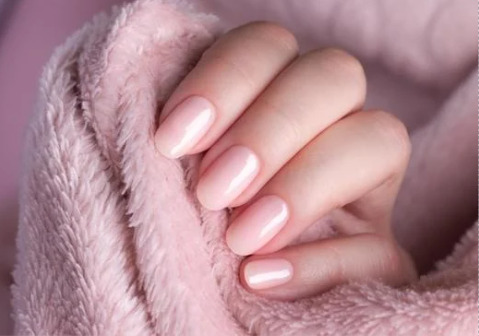‘Shocktober’: Are my toenails part of the Halloween scheme?
Why is it that a black or green toenail(s) can occasionally be seen after a pedicure? And not even on a spooktastic night such as Halloween in two days time? It might just be from a bacterial infection. We should be aware of their presence as they are spookier than they seem!
When you head to your salon for some well deserved pampering and self-care, you wish to walk out with freshly painted toenails — not an infection. With gel, shellac and SNS nails because the nails are covered for so many days/weeks things such as pseudomonas aeruginosa, (germs which are happiest in warm environments), can also result in the nail(s) becoming weak cited as ‘my nail(s) just keeps peeling off’ on numerous occasions. There is also a distinct ‘off sweet’ like odour detected with this bacterial infection.
Durable nail polishes such as shellac, SNS or gel nails can cause toenail discoloration if the polish penetrates deep into the keratin layers in the nail. This discoloration and depleting the nails of oxygen and are harbingers of bacteria. The bacteria can enter through the damaged areas and thrive underneath the polish.
If someone has a bacterial infection in their nails, applying nail polish can seal in the moisture and create an environment conducive to bacterial growth.
Allowing your nails to go without polish for even a week (*ideally a month or two) between applications is key. This gives your nails time to recover and prevents them from becoming overly dry or discolored, using a high quality nail oil for moisture is recommended.
Here are a few reasons why nail polish can be a breeding ground for bacteria:
- Contaminated Tools. If the tools used for applying nail polish are not properly sanitized between clients, they can transfer bacteria from one person’s nails to another. This includes nail files, clippers as well as brushes.
- Old or Expired Polish. Nail polish has a shelf life and using old or expired polish can lead to clumps and separation. Bacteria can thrive in these conditions, making the polish a breeding ground for harmful microorganisms.
- Damaged Nails. Nails that are chipped, cracked or otherwise damaged are more susceptible to bacterial growth. Bacteria can enter through the damaged areas and thrive underneath the polish.
Preventive Measures for healthy toenails
- Sanitization. Ensure that all tools and equipment used in nail salons are properly sanitized between clients. This includes soaking tools in disinfectant solutions and also using clean, disposable applicators.
- Personal Tools. If you frequently get manicures or pedicures, consider investing in your own set of nail tools to bring to the salon. This reduces the risk of using contaminated tools.
- Regular Checks. Regularly inspect your nails for any signs of infection or damage. If you notice any issues, then seek prompt medical attention.
Tip: Having a break from some of the ‘not so great’ ingredients found in nail varnishes and applying the plant based ’21 free’ from the new Nails inc. range as an alternative could be considered.
Are you suffering from any nail condition? At The Chelsea Clinic, we can help. One of our podiatrist can assist and then recommend what treatments are best to get you back on track. Podiatrist South Kensington
Schedule an appointment here or you may call us at +44 (0) 207 101 4000.
We hope you have a feetastic day!
-The Chelsea Clinic and Team




